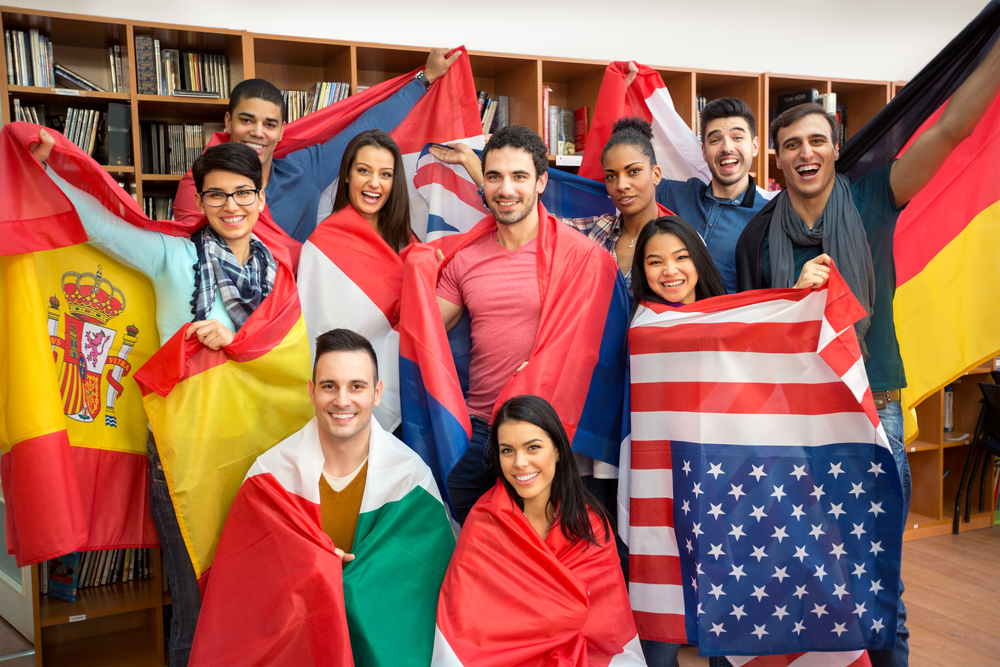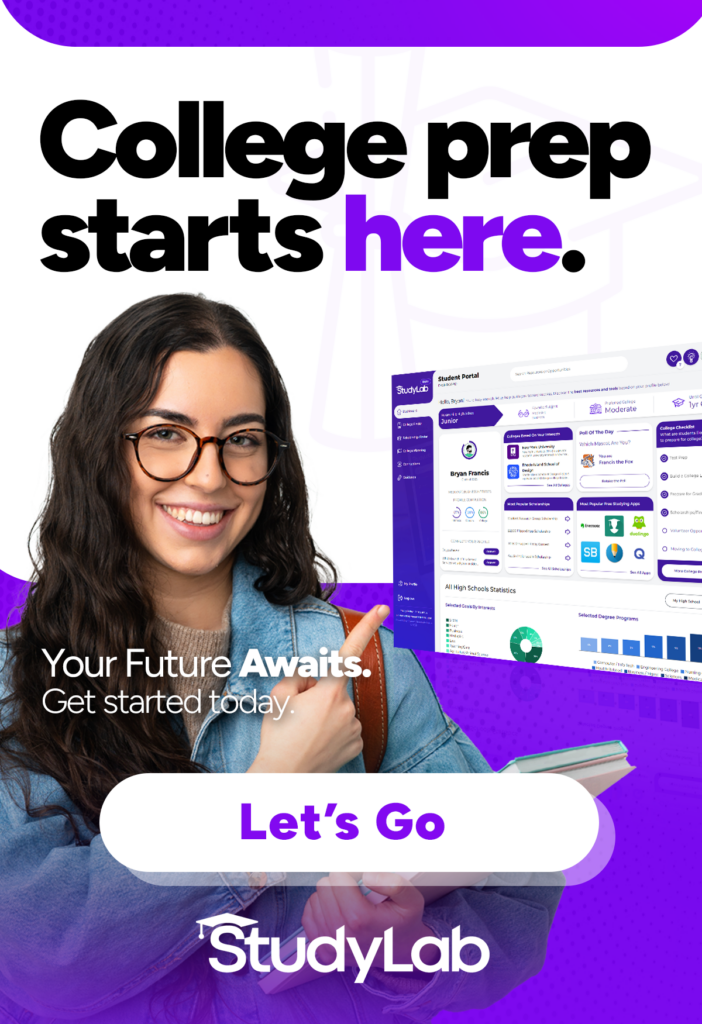Research conducted by the Student Research Group turned up something troubling about what students are learning in most American high schools. An important outlook, “Global Citizenship,” is not being sufficiently addressed or developed.
American high school students are learning to be top academic performers. Many are learning the knowledge they need to major in STEM and other careers in college. Yet at a time when the ability to work with people from other cultures will become increasingly important, most high schools seem to have focused their priorities elsewhere.
To quote from our State of the Union 2018 report . . .
“The economy is inherently global – connected by instantaneous data and rapidly accelerating, disruptive change – yet only half of students believe high school is preparing them to be responsible global citizens. Students more often say high school is preparing them for local citizenship.”
What Kinds of Citizens Are Our Schools Developing?
Yet that doesn’t mean that high schools are failing to prepare students for other kinds of good citizenship. The research finds that schools are preparing . . .
- 68% of students to be good local citizens
- 66% of students to be good digital citizens
- 51% or students to be good global citizens
- 39% of students to be good national citizens
What Can American Schools Do?
An international outlook is hardwired into the structure of a number of American private schools. Students from 44 different countries attend Phillips Academy Andover, an exclusive private high school in Massachusetts, for example, where 9% of the total student population comes from countries other than the U.S. And at Phillips Exeter Academy in New Hampshire, students come from 34 countries. And Avenues World School, a new private school headquartered in New York, is planning to open campuses around the world. It goes so far as to call itself, “The World School.”
Traditional public high schools, which serve individual communities or a small number of nearby towns, have a more difficult time providing a truly international experience. Certain trends, such as the growing number of foreign-born students in certain communities, are helping. Beyond that, other initiatives and programs can help, including:
- Study-abroad summer programs
- Internships and jobs at companies that do business internationally.
- Classes on world cultures and business
What will turn the tide and broaden the perspective? Overall, it seems that American public high schools should make exposure to global experiences and cultures a more central part of their curricula.
To share your views about trends in American higher education and careers, we invite you to signup for StudyLab!
Related Posts
What Are the Most Important Career Skills Students Should Learn in College?
Motivating and Empowering Immigrant Female Students
Who Is Preparing for STEM Careers? Our Research Finds Surprising Gaps
4 Questions We Should Be Asking about Falling International Student Enrollments
Why America’s Universities Still Appeal Strongly to Foreign STEM Students
We’d love to help you reach your college dreams.
That’s why the Student Research Group is offering high school students and their families up to $15,000 in college scholarship funds! Learn more and Apply.


